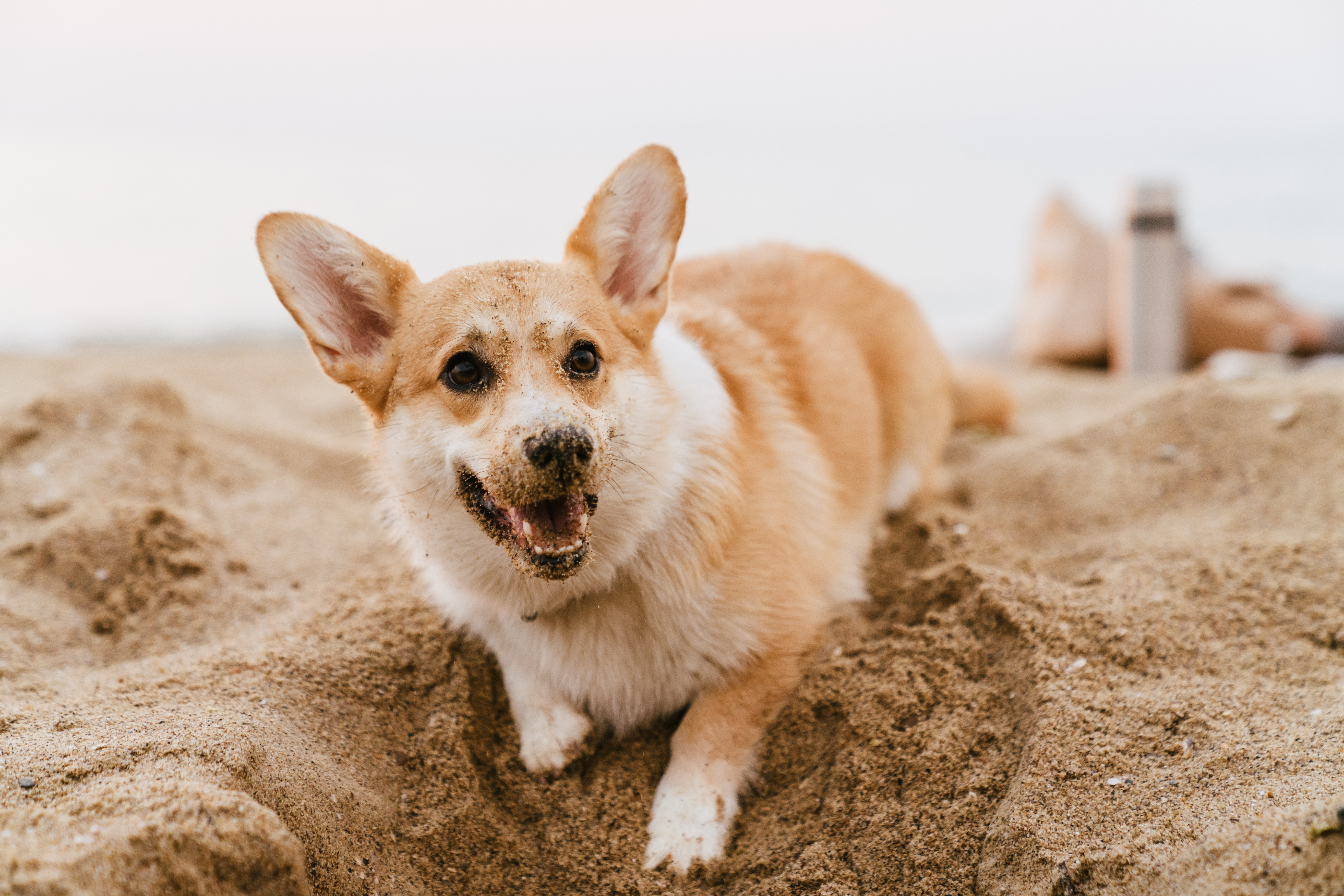Summer is here, and it’s time to make sure our furry friends stay safe and comfortable during the sunny days ahead. Did you know that pets are more susceptible to heatstroke than humans? In fact, according to the American Veterinary Medical Association (AVMA), pets can suffer from heatstroke when the temperature reaches just 80 degrees Fahrenheit (26.7 degrees Celsius). As the temperature rises, it’s time to ensure our pets stay cool and fabulous. So, let’s dive into some paws-itively essential summer safety tips backed by facts and data to ensure our beloved pets stay cool, happy, and healthy throughout the season!
1. Hydration is Key:
Keeping your pets hydrated is crucial during the summer months. Did you know that pets need about an ounce of water per pound of body weight each day? That means a 20-pound dog should drink at least 20 ounces of water daily. Provide fresh, cool water for your pets at all times, and consider using pet water fountains to encourage them to drink more.
2. Create Cool Retreats:
Pets need a cool place to escape the summer heat. The Centers for Disease Control and Prevention (CDC) recommends providing a shady spot with proper ventilation. You can also set up a small kiddie pool filled with cool water for your pets to dip their paws in and cool off.
3. Avoid Hot Pavement:
Did you know that asphalt and concrete can get scorching hot during summer? The American Kennel Club (AKC) advises testing the pavement with your hand before taking your pet for a walk. If it’s too hot for your hand, it’s too hot for your pet’s paws. Opt for walks during cooler times of the day or stick to grassy areas.
4. Never Leave Pets in a Hot Car:
We can’t stress this enough—never leave your pets unattended in a parked car during the summer. Even with the windows cracked, the temperature inside a car can reach dangerous levels within minutes. According to the AVMA, on an 85-degree Fahrenheit (29.4 degrees Celsius) day, the temperature inside a car can soar to over 100 degrees Fahrenheit (37.8 degrees Celsius) within just 10 minutes.
5. Provide Sun Protection:
Just like humans, pets can get sunburned too. According to the Animal Cancer Foundation, light-colored and short-haired pets are more prone to sunburn. Apply pet-safe sunscreen to exposed areas, such as the nose, ears, and belly. Look for sunscreen specifically formulated for pets to ensure their safety.
6. Watch for Signs of Heatstroke:
Heatstroke is a serious condition that can be life-threatening for pets. Be aware of the signs, which include excessive panting, drooling, rapid heartbeat, lethargy, vomiting, and collapse. If you suspect heatstroke, seek immediate veterinary care.
Related: Finding Feline Bliss: Tips for a Successful Cat Adoption Journey


